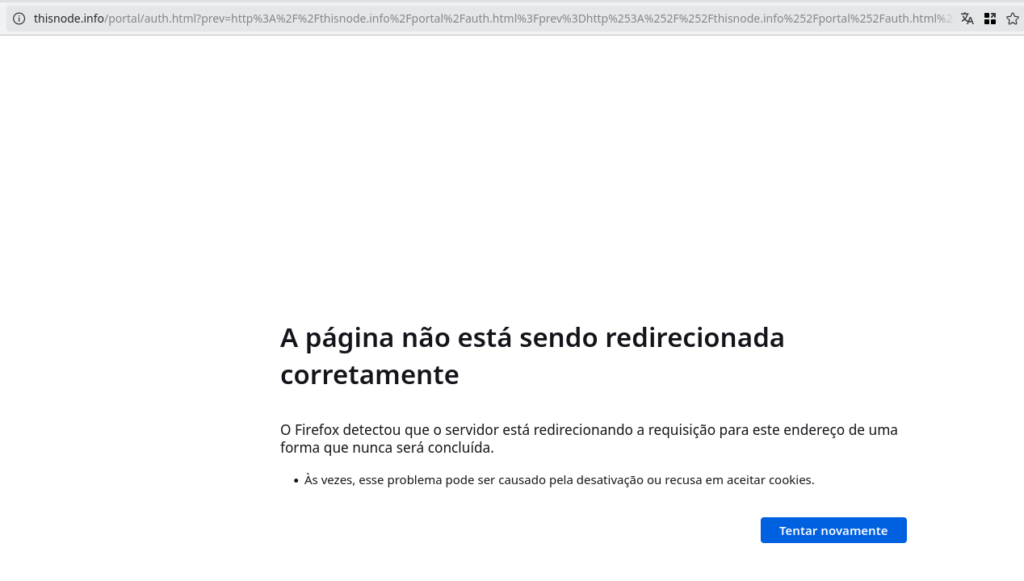Hello! As the Google Summer of Code ends, so this project will end too. Below you find what i’ve been working on this summer. You can check Part I here and Part II here.
Recapitulating
The main goal of this project is to migrate Pirania captive’s portal rules from iptables to nftables, which is the new framework for packet processing in Linux. Pirania is intended to be a portal captive, so when a users connects to a wi-fi network they are prompted to insert a voucher or redirected to a web site of the community, for example.
A captive portal can be used by a community network as a tool to ensure the sustainability of the local network’s operation.
What was needed
When enabled, a captive portal needs to allow/block packets in order to work properly. Pirania does it by inspecting the origin MAC Address. Furthermore, IP packets need to be allowed in order to access local network services.
These rules are created by captive-portal script, which uses iptables, ebtables, ipset and uci in order to configure the rules properly. With the newer framework for packet processing only nftables and uci needs to be used since nftables understands layer 2 protocols and have ipsets functionality embedded and faster.
Also is here where lives the function pirania_authorized_macs which is responsible for returning the registered MAC addresses, that is, those that can access the Internet. This MAC can be registered via the command line by calling the captive-portal binary or via the web interface, where the user will enter the voucher.
After entering a valid voucher this is the page that will appear to the user:

Steps needed:
1 – translate the script to use nftables framework.
2 – test.
For testing there is the possibility to use in a virtual environment with qemu (more info here). I spent a considerable time trying to allow internet access in a virtualized environment but i opted to use in a real hardware. The chosen hardware was a rocket m5 from the manufacturer ubiquiti. The firmware precompiled was downloaded here.
While testing the new script, i was haunted by a redirection loop. After a few modifications i was able to overcome this issue.

One of the biggest challenges was learning the new nftables framework. Fortunately, I found many examples and tutorials on the internet and I started to enjoy it. It took me a while to get used to this technology and I’m still learning. The results of my work can be found here.
The new version of LibreMesh will probably be released this year so I’ll have more work to do.
After a voucher is activated, the set pirania-auth-macs is populated, as shown above:

If a voucher is in use, its possible to list:

What i found beyond
Found that some packages were missing:

Also that in utils.lua the command invocation “ip neighbor” was not working but “ip n” or “ip neigh” worked perfectly.

Next steps
Pirania and shared state are awesome packages developed by LibreMesh community. Porting these packages to OpenWRT will bring more visibility and people to contribute.
Follow the development of the new version of LibreMesh and see if there is anything that can be improved.
Conclusions
Being able to contribute to this project is something that makes me very happy. In 2015, I was looking for a relevant topic for my final project at university and I met passionate people at an event called Fumaça Data Springs, where I was able to meet some of the developers and get my hands dirty on routers with this incredible software called LibreMesh.
I would like to thank my mentors Ilario and Hiure for the opportunity to participate in GSoC 2024 and for the knowledge they shared.
I would also like to thank Andi and Freifunk for their commitment to making projects like this happen.
This concludes my project at GSoC, but if you have any questions, please feel free to contact me.